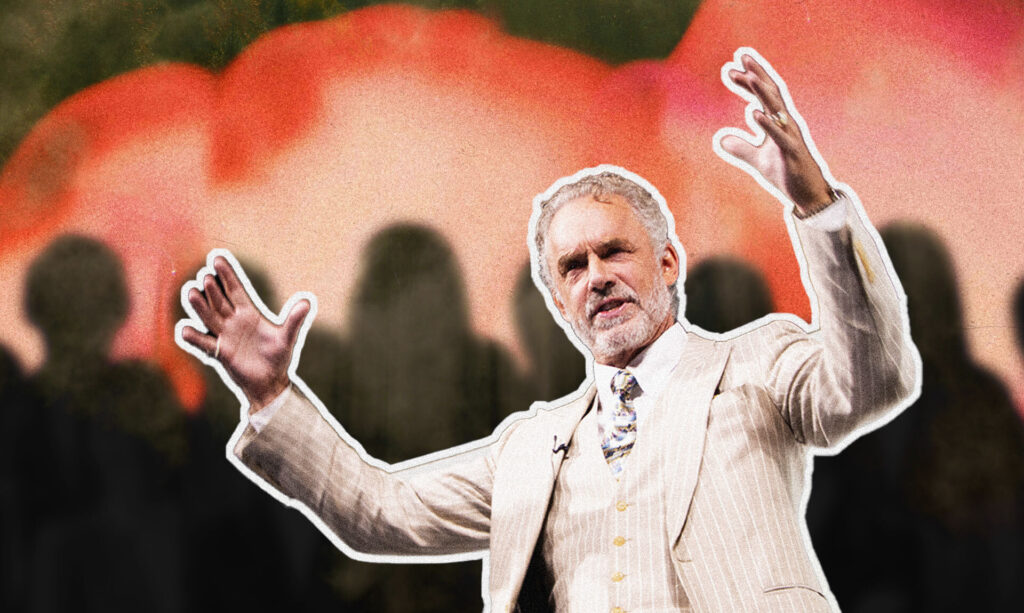Efforts to live a sustainable lifestyle are ending in a cloud of smoke as more people choose cremation over conventional burial. And not just because of greenhouse emissions. Lead and mercury toxins are also part of the devil’s brew expelled in the flames.
The Cremation Association of North America says 56 per cent of bodies in Canada are now cremated annually compared with only 2.75 per cent 50 years ago. Cremation is typically seen as cheaper than burial, but environmental costs usually are not factored in.
Since it takes two to four hours at temperatures ranging from 1,400 and 2,100 F, or 760 and 1,150 C, the estimated energy required to cremate one body is roughly equal to the amount of fuel required to drive 4,800 miles, or 7,725 kilometers.
Greenhouse gases such as carbon dioxide and nitrogen oxide are spewed in large volume, along with carbon monoxide, sulphur dioxide, hydrogen chloride, hydrogen fluoride, particulate matter, heavy metals, dioxins and furans.
There is also release of cadmium and lead from pacemakers and mercury from dental amalgams. Total mercury emissions from cremation in Canada for 2004 were between 240 and 907 pounds, or 109 and 411.6 kilograms.
Meanwhile, some funeral providers are providing natural burials – the body is not embalmed or cremated, but instead buried in a simple casket or shroud in protected green space.
There are no natural burial grounds yet in Canada, but there are over 200 in UK, and in the U.S. there are sites in South Carolina, Florida and New York. Groups in several other states including Colorado, California, Washington and Wisconsin are trying to establish green cemeteries that center on land preservation.
Subscribe to our newsletter
Stay up to date with DeSmog news and alerts







